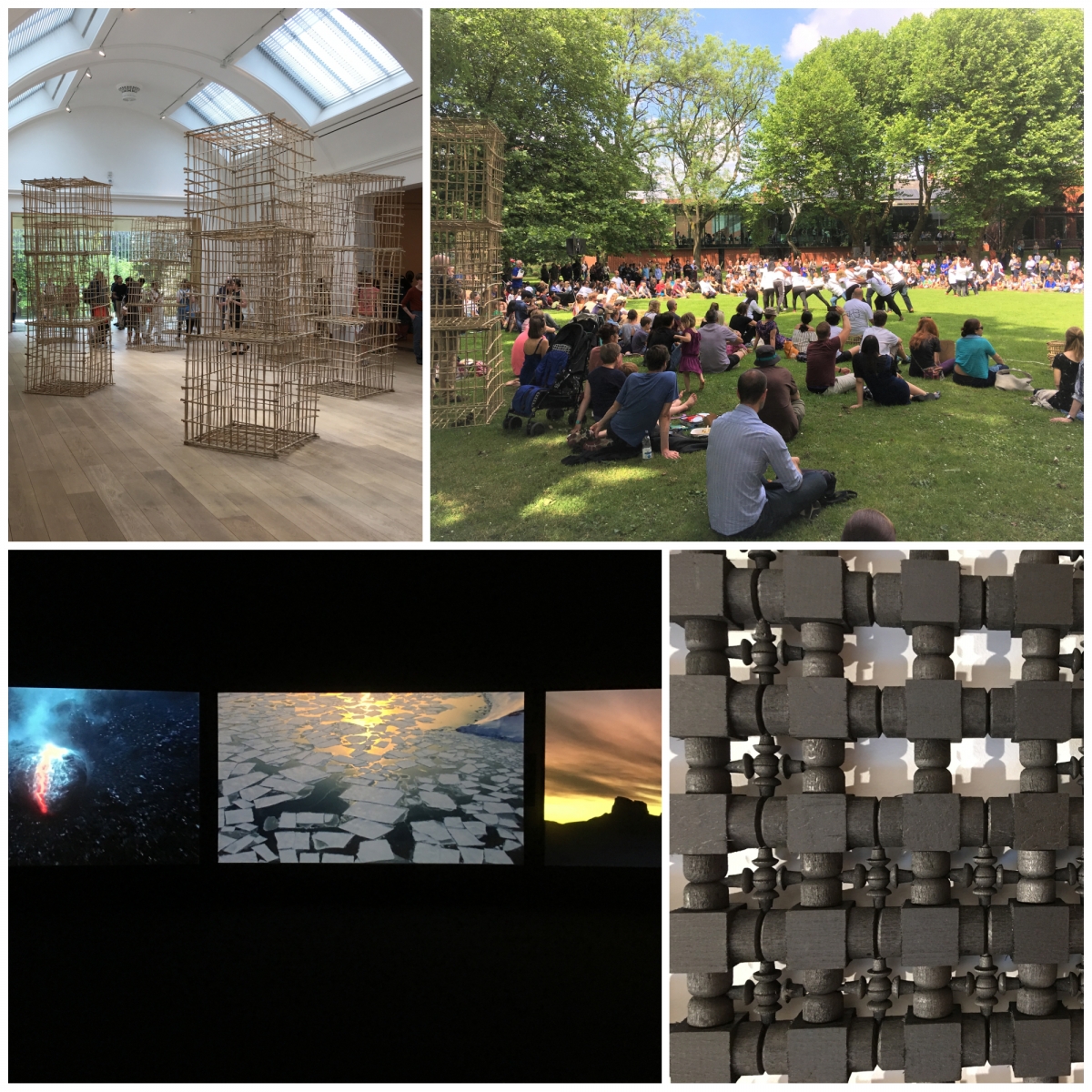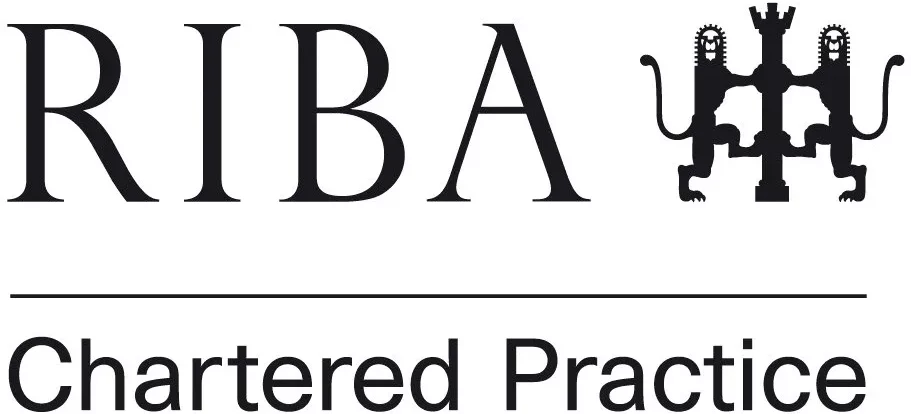TOGATHER BY SUSAN HEFUNA – MIF 2017
Susan Hefuna’s new work ToGather, on display at the Whitworth until 3 September, addresses some of the most potent issues of our time: migration, movement and sensations of togetherness. Susan has worked on ToGather with 30 individuals from refugee and asylum-seeker backgrounds who have ade Manchester their home. The focal point of today’s event is a series of performances, for which members of this group will trace individual paths through Whitworth Park. They will be joined by dancers from Studio Wayne McGregor, who have used the group’s stories as inspiration, and accompanied by a new score from Scanner International Magic will use data from choreography to create a unique digital moving image of dancers’ footsteps, which you can see in the gallery and at togather.mif.co.uk.
This exhibition brings together Susan Hefuna’s drawings, photographs and sculpture from the past 20 years with a new performance and digital commission created for the Whitworth and the Manchester International Festival (MIF) for Sunday 9th July.
All the works here connect to Hefuna’s personal experience of living between different cultures. She was born to a Catholic German mother and a Muslim Egyptian father, grew up in Egypt and moved to Germany at the age of six. Throughout the exhibition, objects that originate from each of these cultures are re-presented. The piled palmwood structures are afaz – The Arabic word for cage.
Although they resemble minimalist sculpture, to visitors familiar with Egypt, these structures are the stuff of everyday life. Palmwood baskets proliferate in the streets of Cairo as containers tables, chairs and surfaces. The mashrabiya screen is also foregrounded in this exhibition. A carved wooded screen, with its origins in ancient architecture, it sits in the window space of a building. It resembles a latticework with multiple openings through wich air can flow and light can be filtered – a prototype air-conditioning that also allowed woman to sit inside and look out while being protected from view.
Initially the patterns of the mashrabiya in Hefuna’s work were understood as a form of abstraction; it was only when she had her first exhibition in Egypt that the audience recognised their origin.
All of Hefuna’s work uses layering. In her drawings this is literal, they are created by layering two works; the first is drawn on paper, and the second, always on transparent paper laid directly over the first, is made immediately on the basis of the one beneath. In every other work the layering is present in the veiling and revealing of different meanings and contexts one on top of the other. Although the result is always beautifully simple and clear it is the outcome of years of thought and making that seeks to reveal the essence of an idea or experience.
- John Akomfrah
Vertigo Sea
Vertigo Sea is a three screen film installation that reflects on humankind’s relationship to the sea. Part fiction, part natural history documentary, it fuses archival footage with newly shot material and readings from classic literature. This produces a form of vertigo, a disorienting loss of the viewer’s bearings in the face of images and sounds drawn from different times and contexts.
Akomfrah describes the film as a eulogy commemorating lives lost at sea. The aulogy describes the current crisis of migrants risking their lives to reach Europe, the history of the transatlantic slave trade and the impending ecological catastrophe of global warming. It brings together documentary footage, drawn largely from the BBC, with newly filmed narrative of the black eighteenth-century explorer Olaudah Equiano, a former slave and abolitionist, who, after purchasing his freedom, sailed the world. Scenes of extreme loss and cruelty including migrants crossing seas, shackled slaves in a ship’s holdn the slaughter of whales and hunting of polar bears, are set against a soundtrack of readings including Herman Melville’s Moby Dick (1851) and Heathcote William’s epic poem, Whale Nation (1988). The resulting film is a highly affecting meditation on our psychological and physical experience of the sea.



